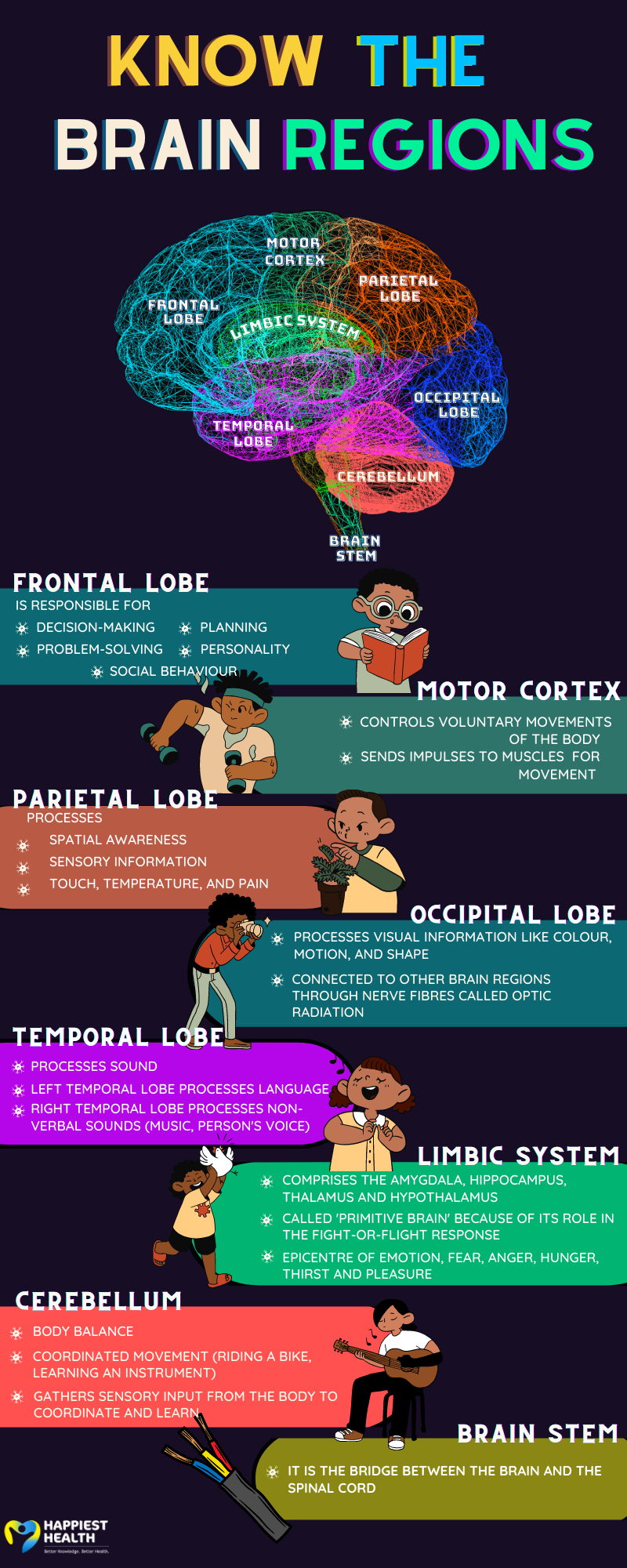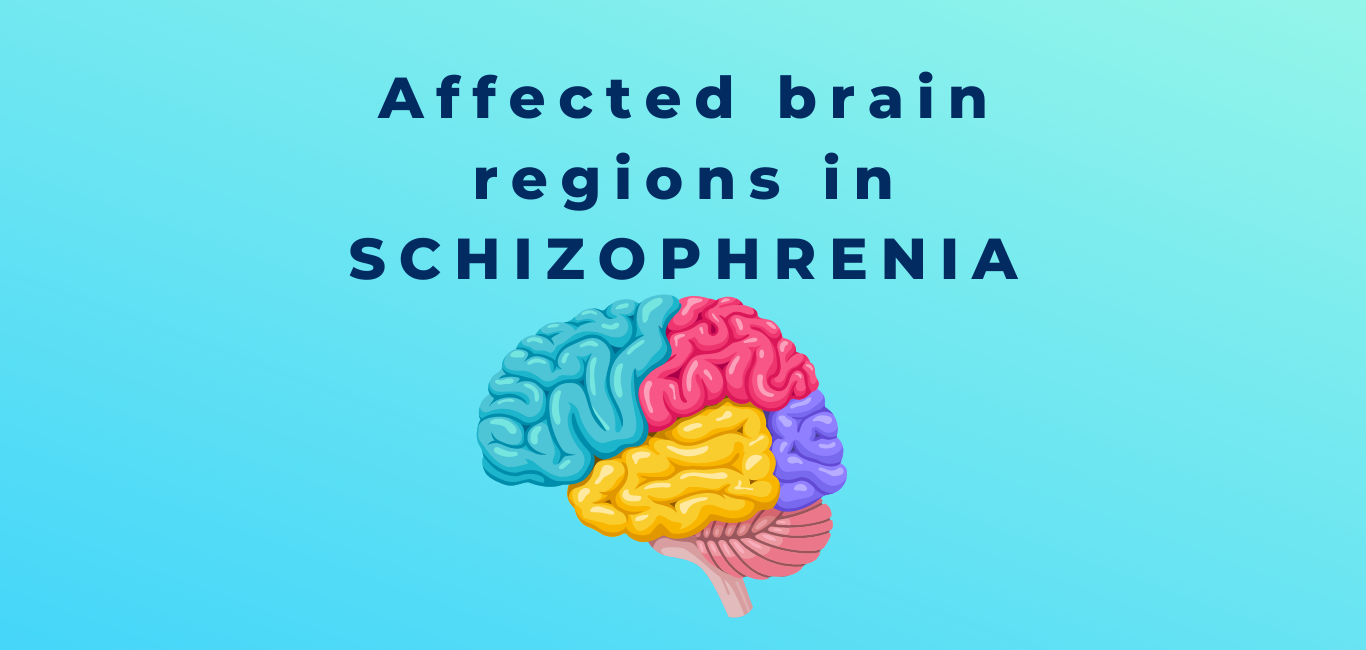


Related Posts



Articles
Articles
Web Stories
©2024 HappiestHealth All rights reserved.
Disclaimer: Happiest Health does not provide medical advice, diagnosis or treatment. Please consult a qualified medical practitioner before acting on any knowledge provided by Happiest Health on the website or any other platform.


The Happiest Health team will reach out to you at the earliest